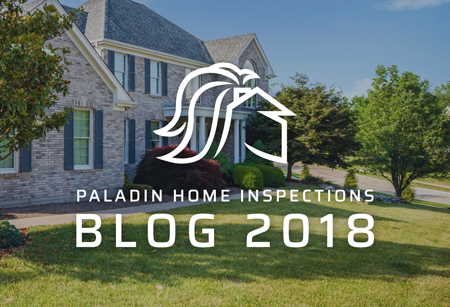Nope
Here’s a scenario; The bathroom floor is cold, and needs remodeling anyway. This would be a perfect time to install a new tile floor with heat cables. The procedure is pretty straightforward because the cables come in a mesh that is installed before the tiles are set in place.
The problem comes when it’s time to hook up the electricity. The manufacturer requires a “dedicated” circuit, meaning that the in-floor heater is the only thing the breaker is for. No lights, outlets or anything else.
But what if the panel is full already? If you need to install a new breaker where there are no more spaces, what will you do?
A sub panel could be installed, with plenty of slots for new breakers. That would be the safest way to go, although at a pretty steep price tag.
What some folks do is install duplex breakers, sometimes called “cheaters”. They have other names, but the concept is the same; two different circuit breakers in the space where one used to be. In some panels, duplex breakers are allowed, others not. It helps to look at the legend in the panel itself.
But even if the panel manufacturer is okay with them, they are not always the best choice.
Besides the risk of overheating, there is the issue of AFCI and GFCI. Those safety devices cannot be installed where duplex breakers exist.
The bottom line is that you should closely consider an electrical systems’ capacity for whatever project you have in mind before moving forward.
And as always; if you have learned anything at all from this article, you are not qualified to do any work inside an electrical panel. Real electricians are pricy, until you consider the alternative.


